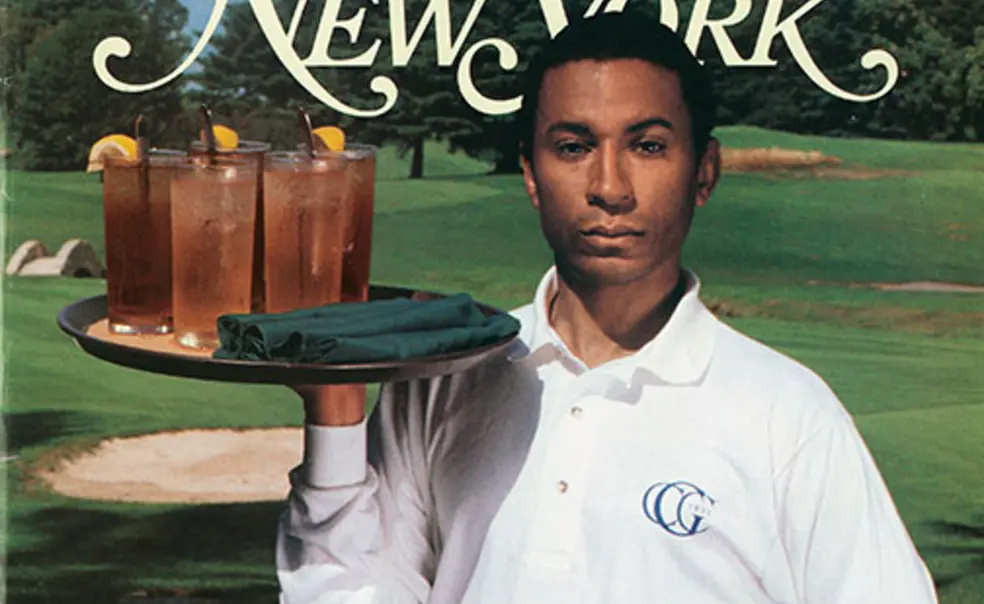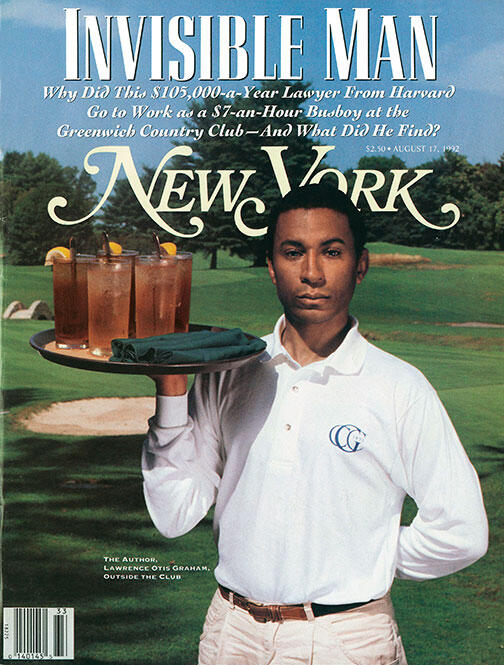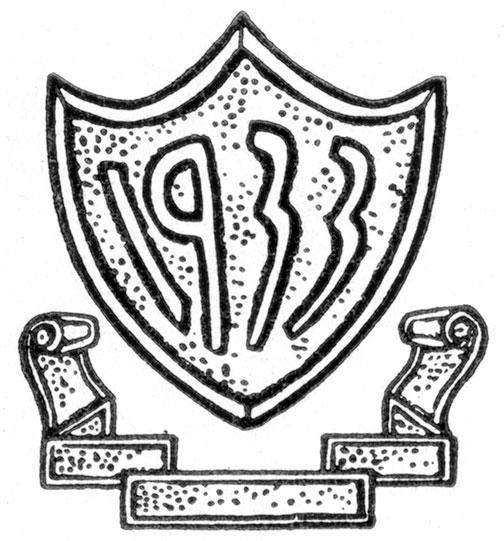Living While Black
Lawrence Otis Graham ’83 shot into the national spotlight in 1992, when he appeared on the cover of New York magazine dressed in the workers’ uniform of a country club known to have no black or Jewish members, one hand hoisting a tray of drinks to be served, the other tucked neatly behind his back. He was a 30-year-old corporate lawyer, but he wasn’t a member of the club. “I got into this country club the only way that a black man like me could — as a $7-an-hour busboy,” he wrote, and went on to describe what he witnessed and heard while serving the members. It wasn’t pretty.
PAW reached out to Graham early last summer to continue a discussion about race and privilege that had begun on campus and reverberated across talk shows, newspaper columns, and blog posts. You may recall the essay “Checking My Privilege” in the Princeton Tory, in which Tal Fortgang ’17 took others to task for ascribing his success “not to the seeds I sow but to some invisible patron saint of white maleness” and for “casting the equal-protection clause, indeed the very idea of a meritocracy, as a myth.” We wanted another perspective, one that would illustrate something about daily life as an African-American Princeton alum.
Graham’s piece was more timely than we could have imagined. In his essay (page 26), he describes his teenage son’s recent encounter with racism — a blast of reality. Then, as he was writing the piece, Michael Brown, an unarmed black teenager, was shot and killed in Ferguson, Mo., sparking weeks of unrest and prompting a federal civil-rights investigation into the practices of Ferguson’s police department. During the editing of his essay, Graham was stopped by a police officer on a county highway, not far from his home — an apparent case of racial profiling.
Princeton is hosting its third conference for black alumni Oct. 16–18 (for information, go to http://alumni.princeton.edu/goinback/conferences/bac/). In addition to the keynote presentations — including a talk by Nobel Prize-winning novelist and professor emerita Toni Morrison — alumni and faculty members will speak on panels about current events, student life, and professional issues. One discussion, marking the 50th anniversary of the Civil Rights Act, has a question in its title: “How close are we to the dream?” Graham’s essay suggests that there remains quite a distance to go.
In this issue, we debut a feature in the Princetonians section (page 36) profiling alumni who are not often in the news but have interesting life stories nonetheless. The issue also is notable for what we do not have in our alumni coverage: a Class Notes column for 1933. Class secretary Paul W. Earle ’61 has reported that no members of ’33 are believed to be alive. In his final column, in the Sept. 17 PAW, Earle provided a brief history of the class, which came of age during the Roaring ’20s and graduated into the Great Depression.
The class column began Sept. 30, 1933, and — just as Class Notes reports are today — the news was overwhelmingly positive: Despite the state of the economy, classmates told of finding jobs, traveling, and attending graduate school as usual. But buried in the Nassau Herald class poll is a suggestion that the class had not forgotten about the Depression altogether. Asked what they thought was Princeton’s most useless course, members of ’33 responded: economics.













No responses yet